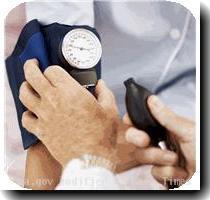‘So far, so good,’ say Aussie docs in marathon surgery to separate twins joined at top of head
By APMonday, November 16, 2009
Conjoined twins in marathon separation surgery
MELBOURNE, Australia — Twin Bangladeshi girls joined at the top of their heads were in good condition Tuesday but were not yet separated after 24 hours of complicated surgery, hospital officials said.
Ian McKenzie, a member of the Australian surgical team and director of anesthesia at the Royal Children’s Hospital, said the girls were improving as their bodies began to work individually.
“So far, so good. It’s going very well so far,” McKenzie told reporters. “The twins are actually in better condition because the degree of separation has increased and this problem we’ve had with their circulation affecting each other has actually gotten less.”
A team of 16 surgeons and nurses have been working since Monday morning to separate the 2-year-old Bangladeshi orphans, Trishna and Krishna, who shared parts of their skull, brain tissue and blood flow.
The bone has been disconnected and surgeons are still working to completely separate their brains before plastic surgeons take over their part of the job, McKenzie said.
After their brains are separated, the final piece of shared skull will be removed to allow plastic surgeons to reconstruct the girls’ skulls using a combination of their own skin, bone grafts and artificial materials.
The girls’ blood pressures have stabilized and one sister’s kidneys began working independently for the first time.
Doctors have said the chance of the girls surviving the separation surgery without brain damage or other major problems is 25 percent.
But McKenzie was cautiously optimistic.
“A lot of the things we were worrying about haven’t happened … and they’re actually getting better and better as we go,” he said of the long surgery. “On the other hand, it’s not over yet. … You’ve still got potential for life-threatening things happening during the surgery and even post-op. Let’s keep the cork on the champagne. We’re still focusing on the separation at this point.”
The girls were brought to Australia in 2007 by the Children First Foundation and have already had several operations in preparation for separation.
There is a 50 percent chance the girls will suffer brain damage and a 25 percent chance one of the sisters will die.
Tags: Australia, Australia And Oceania, Diagnosis And Treatment, Melbourne, Surgical Procedures

